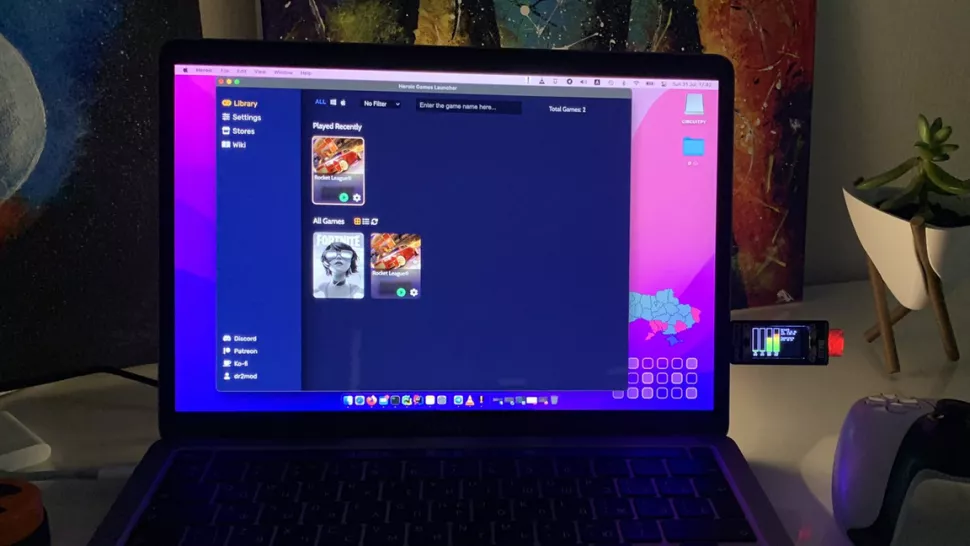Programming Leftovers

-
Understanding jq's SQL style operators JOIN and INDEX
In this post I explore a couple of new (to me) operators in jq's arsenal: JOIN and INDEX, based on an answer to a question that I came across on Stack Overflow.
The answer was in response to a question (JQ: How to join arrays by key?) about how to merge two arrays of related information. I found it interesting and it also introduced me to a couple of operators in jq that I'd hitherto not come across. There's a section in the manual titled SQL-Style Operators that describe them.
-
Migrating Rails cookies to the new JSON serializer
How to move from Marshal to the new Rails 7 default JSON serializer.
I was recently upgrading Phrase to Rails 7. Big upgrades like that are usually being done with the most minimal changes, and this one wasn’t an exception. However, every major and minor version of Rails brings some new defaults that can accumulate over time, leaving you with some debt to pay.
-
gfldex: Sinking Errors
I was looking for a way to output debug messages that can also carry additional values, when not output to the screen. That is easy. The tricky part is golfing the interface. After quite a bit of struggle. I ended up with the following.
-
Friday is an Open-source Virtual Assistant
Virtual assistant technology defines as an application program that uses semantic and deep learning. It can also call an AI assistant or digital assistant. It helps users or enterprises to assist people or automate tasks.
-

- Login or register to post comments
 Printer-friendly version
Printer-friendly version- 1076 reads
 PDF version
PDF version
More in Tux Machines
- Highlights
- Front Page
- Latest Headlines
- Archive
- Recent comments
- All-Time Popular Stories
- Hot Topics
- New Members
today's howtos
|
Open Hardware: XON/XOFF and Raspberry Pi Pico
|
Security Leftovers
|
How to Apply Accent Colour in Ubuntu Desktop
A step-by-step tutorial on how to apply accent colour in Ubuntu desktop (GNOME) with tips for Kubuntu and others.
|






 This section of TuxMachines will no longer have new stories in it (with some caveats, including this post). To see the latest stories go to
This section of TuxMachines will no longer have new stories in it (with some caveats, including this post). To see the latest stories go to 

.svg_.png)
 Content (where original) is available under CC-BY-SA, copyrighted by original author/s.
Content (where original) is available under CC-BY-SA, copyrighted by original author/s.

Recent comments
1 day 22 hours ago
2 days 2 hours ago
2 days 2 hours ago
3 days 9 hours ago
3 days 10 hours ago
3 days 11 hours ago
3 days 11 hours ago
3 days 11 hours ago
3 days 14 hours ago
3 days 16 hours ago